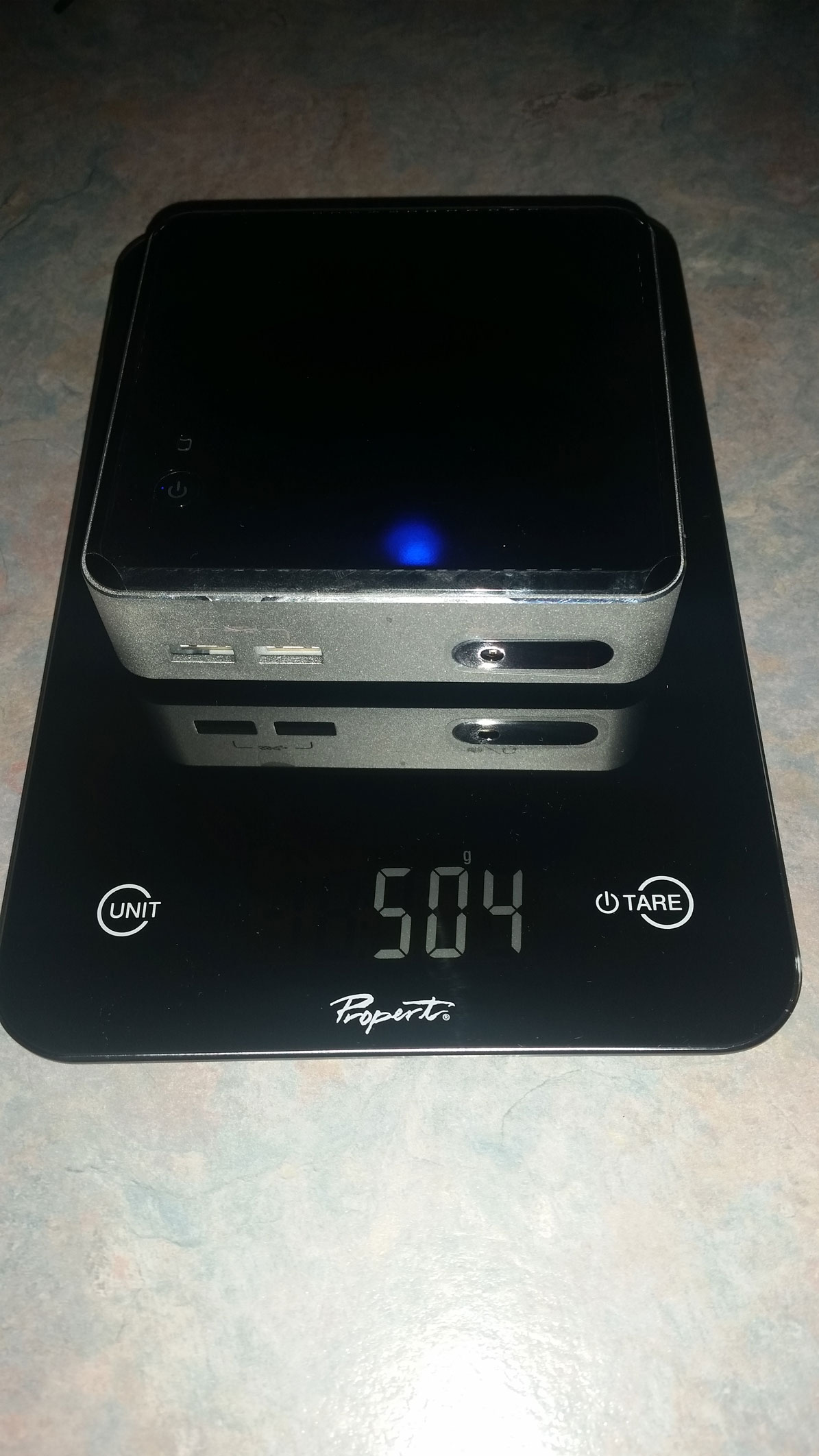As a cyclist and a self professed weight weenie, if the NUC was a bicycle component it would surely have to be on the wish list of many riders.
My second Intel NUC arrived in the post recently. For this second NUC I went with the i5 D54250WYK model. Again I maxed out its memory and went with 16 GB and for the SSD I upped it from the previous 120 GB to the 240 GB Crucial. Now knowing that I can install a working ESXi image on a NUC. I felt comfortable purchasing the faster i5 model and increased SSD storage capacity for a home lab.
With the memory and mSATA SSD installed I decided to weight the NUC on my bike kitchen scales. Clocking in at 504 grams is pretty impressive I think. Weighing less than a 600 ml bottle of coke. It’s light enough to stick in your bag and take to work. One of the marketing angles of the NUC is a media center. Being able to put a 4K capable media center in your bag and to a friend joint is pretty cool.
Articles in this series
Part 1: The NUC Arrival
Part 2: ESXi Owning The NUC
Part 3: Powering a NUC Off A Hampster Wheel
Part 4: The NUC for Weight Weenies
Part 5: Yes, you can have 32GB in your NUC

I read all about your test of the NUC, seems cool. I’ve been using NUC as shell server and media center at home, but was looking at the larger model which takes an 2.5″ SATA drive as well, which would be perfect for VSAN with mSATA and the regular SATA being used for that, and an internal USB memory to boot it all from.
The new one will come out in carbon too!
: p
Great series of posts. Comparing the two processors on Intel’s Ark site, the only noticeable difference is clock speed, with the i3 fixed at 1.7GHz, and the i5 at 1.3/2.6GHz. Did you do the power tests on the i3 NUC and do you notice much real world difference between them for ESX duties?
Thanks buddy. Yeah that’s right, the big difference is the speed with the i5 having Turbo Boost. I haven’t run any power tests on the i3 but I’ll just make an assumption that it’s somewhere in between an i5 running idle and running hot. And that’s only a couple watts.
Oh the other difference is the Graphics Processor. An Intel Graphics 4400 on the i3 vs a 5000 on the i5. Again the specs look the same but looking at a review on Anandtech (http://www.anandtech.com/show/7072/intel-hd-5000-vs-hd-4000-vs-hd-4400) the 5000 is a tad faster. On ESXi I doubt this really makes a difference.
Real world is the key as you bring up! And no, I haven’t noticed any real difference. For a lab environment I’m just not running test VMs hard enough to see it. Most people like me would probably spend most of their time configuring VMs rather than running production work loads.